Hello everyone, today Susan is here to answer some questions about water treatment equipment. I hope it can be helpful to you.
High-efficiency water purification equipment is a device that uses physical, chemical or biological methods to remove harmful substances and impurities in water.
 It can effectively improve the quality and safety of water, allowing us to drink clear, pure and healthy water.So, how does high-efficiency water purification equipment work? What are its advantages? How to choose suitable water purification equipment? Next, Susan will answer them one by one for you.
The principles of efficient water purification equipment are mainly as follows:
Reverse osmosis: Reverse osmosis is a method that uses the selective permeability of a semipermeable membrane to separate water from a high-concentration solution.
It can effectively improve the quality and safety of water, allowing us to drink clear, pure and healthy water.So, how does high-efficiency water purification equipment work? What are its advantages? How to choose suitable water purification equipment? Next, Susan will answer them one by one for you.
The principles of efficient water purification equipment are mainly as follows:
Reverse osmosis: Reverse osmosis is a method that uses the selective permeability of a semipermeable membrane to separate water from a high-concentration solution.
 Reverse osmosis can filter out more than 99% of pollutants, including heavy metals, bacteria, viruses, pesticides, etc. Reverse osmosis is suitable for use in areas with high hardness and severe pollution.
Reverse osmosis can filter out more than 99% of pollutants, including heavy metals, bacteria, viruses, pesticides, etc. Reverse osmosis is suitable for use in areas with high hardness and severe pollution.
 Ultrafiltration: Ultrafiltration is a method that uses the interception effect of a porous membrane to separate macromolecules and suspended particles in water.
Ultrafiltration: Ultrafiltration is a method that uses the interception effect of a porous membrane to separate macromolecules and suspended particles in water.
 Ultrafiltration can remove impurities such as silt, rust, and bacteria in water while retaining minerals and trace elements in water.
Ultrafiltration is suitable for use in areas with low hardness and mild pollution.
Softening: Softening is a method that uses ion exchange resins or electric ion exchange technology to replace calcium and magnesium ions in water with sodium ions or hydrogen ions.
Ultrafiltration can remove impurities such as silt, rust, and bacteria in water while retaining minerals and trace elements in water.
Ultrafiltration is suitable for use in areas with low hardness and mild pollution.
Softening: Softening is a method that uses ion exchange resins or electric ion exchange technology to replace calcium and magnesium ions in water with sodium ions or hydrogen ions.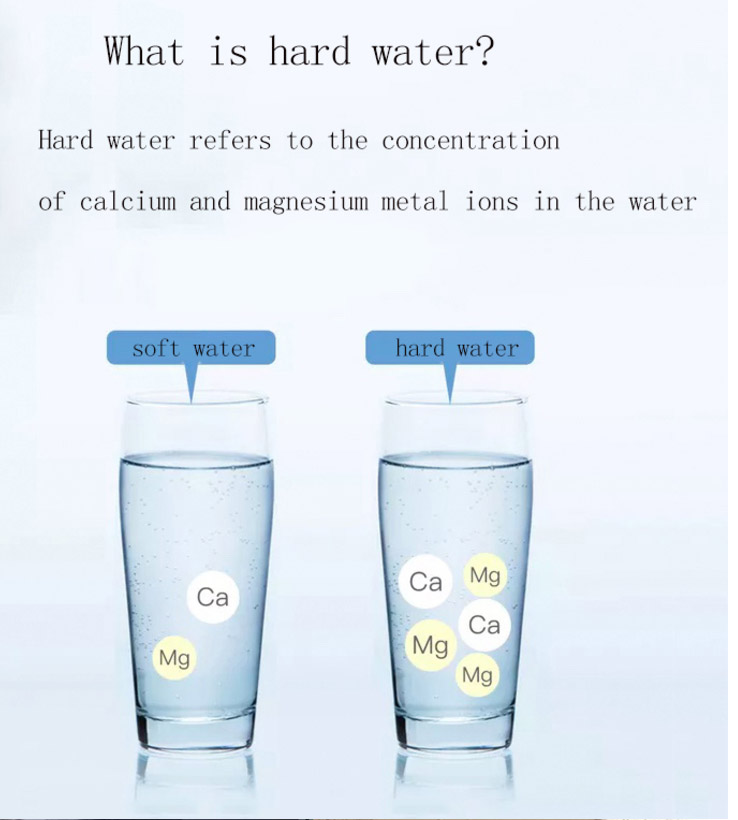 Softening can reduce the hardness of water, prevent scaling of pipes, washing machines and other home appliances, and extend service life.
Softening is suitable for use in areas with high hardness and need to protect home appliances.
Direct drinking method: Direct drinking method is a high-efficiency water purification equipment that integrates multiple filtration technologies (such as reverse osmosis, ultrafiltration, activated carbon, ultraviolet light, etc.), which can be directly drunk without boiling.
Softening can reduce the hardness of water, prevent scaling of pipes, washing machines and other home appliances, and extend service life.
Softening is suitable for use in areas with high hardness and need to protect home appliances.
Direct drinking method: Direct drinking method is a high-efficiency water purification equipment that integrates multiple filtration technologies (such as reverse osmosis, ultrafiltration, activated carbon, ultraviolet light, etc.), which can be directly drunk without boiling.
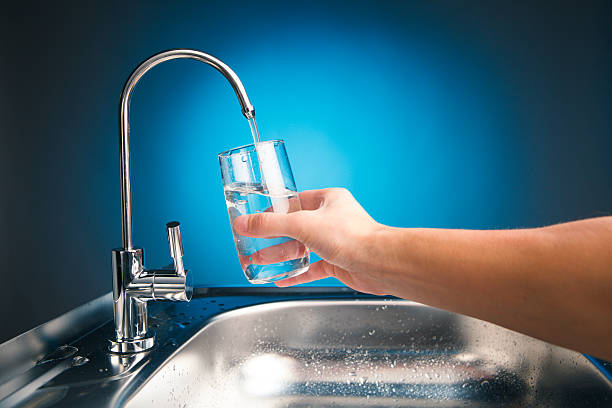 Direct drinking method can provide the highest level of water purification quality, and also has temperature regulation, water storage functions, etc.
Direct drinking method is suitable for areas with high requirements for water quality and convenient and fast use.
Direct drinking method can provide the highest level of water purification quality, and also has temperature regulation, water storage functions, etc.
Direct drinking method is suitable for areas with high requirements for water quality and convenient and fast use.
 The above is Susan's answer to some questions about water equipment, I hope it can help you. If you have other questions about water treatment, please leave a message in the comment area, I will reply as soon as possible. If you think my article is useful, want to know more about water treatment knowledge or want to buy related water treatment water purifier equipment, etc., please contact me through the following business card. Thank you for reading, I wish you a happy life!
The above is Susan's answer to some questions about water equipment, I hope it can help you. If you have other questions about water treatment, please leave a message in the comment area, I will reply as soon as possible. If you think my article is useful, want to know more about water treatment knowledge or want to buy related water treatment water purifier equipment, etc., please contact me through the following business card. Thank you for reading, I wish you a happy life!

It can effectively improve the quality and safety of water, allowing us to drink clear, pure and healthy water.So, how does high-efficiency water purification equipment work? What are its advantages? How to choose suitable water purification equipment? Next, Susan will answer them one by one for you. The principles of efficient water purification equipment are mainly as follows: Reverse osmosis: Reverse osmosis is a method that uses the selective permeability of a semipermeable membrane to separate water from a high-concentration solution.
Reverse osmosis can filter out more than 99% of pollutants, including heavy metals, bacteria, viruses, pesticides, etc. Reverse osmosis is suitable for use in areas with high hardness and severe pollution.
Ultrafiltration: Ultrafiltration is a method that uses the interception effect of a porous membrane to separate macromolecules and suspended particles in water.
Ultrafiltration can remove impurities such as silt, rust, and bacteria in water while retaining minerals and trace elements in water. Ultrafiltration is suitable for use in areas with low hardness and mild pollution. Softening: Softening is a method that uses ion exchange resins or electric ion exchange technology to replace calcium and magnesium ions in water with sodium ions or hydrogen ions.
Softening can reduce the hardness of water, prevent scaling of pipes, washing machines and other home appliances, and extend service life. Softening is suitable for use in areas with high hardness and need to protect home appliances. Direct drinking method: Direct drinking method is a high-efficiency water purification equipment that integrates multiple filtration technologies (such as reverse osmosis, ultrafiltration, activated carbon, ultraviolet light, etc.), which can be directly drunk without boiling.
Direct drinking method can provide the highest level of water purification quality, and also has temperature regulation, water storage functions, etc. Direct drinking method is suitable for areas with high requirements for water quality and convenient and fast use.
The above is Susan's answer to some questions about water equipment, I hope it can help you. If you have other questions about water treatment, please leave a message in the comment area, I will reply as soon as possible. If you think my article is useful, want to know more about water treatment knowledge or want to buy related water treatment water purifier equipment, etc., please contact me through the following business card. Thank you for reading, I wish you a happy life!

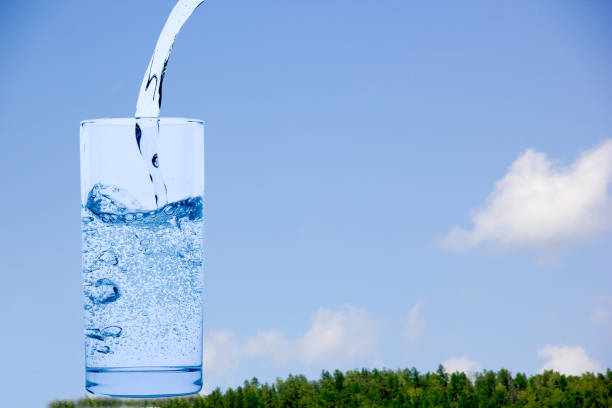 How to choose a filtered water purifier: help you buy the best water purifier! Keep your water as pure as it can be!
How to choose a filtered water purifier: help you buy the best water purifier! Keep your water as pure as it can be!
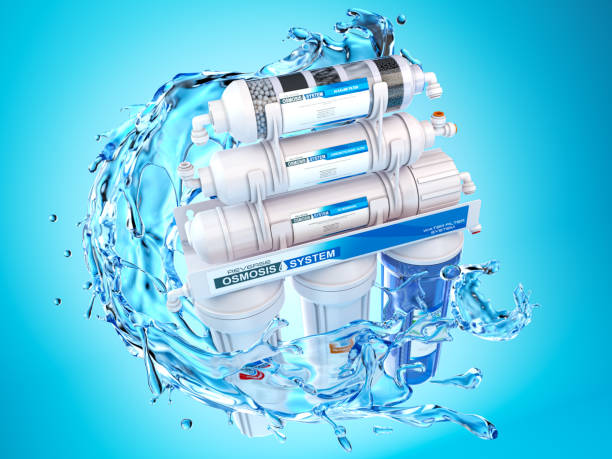 Analysis and solutions to the causes of reverse osmosis membrane fouling
Analysis and solutions to the causes of reverse osmosis membrane fouling
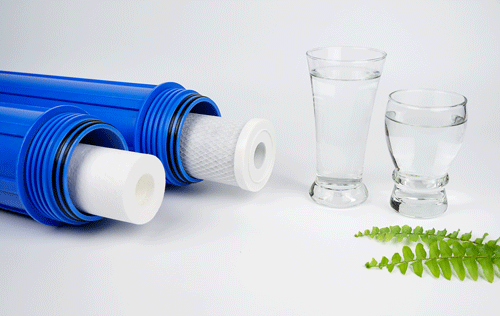 Do you know how to extend the life of your reverse osmosis membrane?
Do you know how to extend the life of your reverse osmosis membrane?
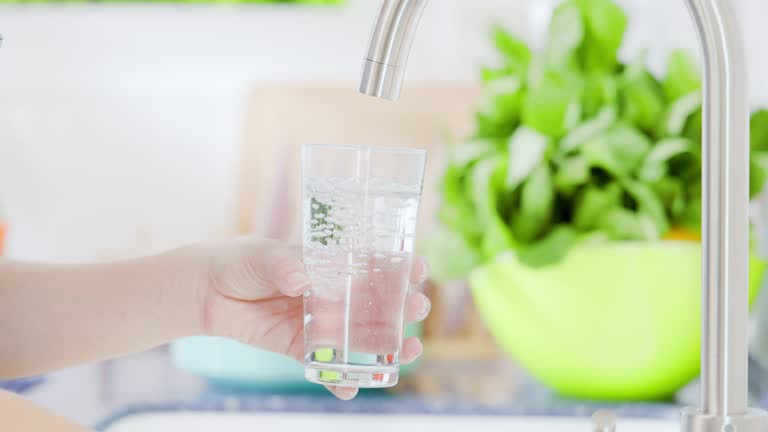 How much do you know about ultrafiltration technology and ultrafiltration membranes?? Ultrafiltration Knowledge Points Collection, you deserve it!
How much do you know about ultrafiltration technology and ultrafiltration membranes?? Ultrafiltration Knowledge Points Collection, you deserve it!